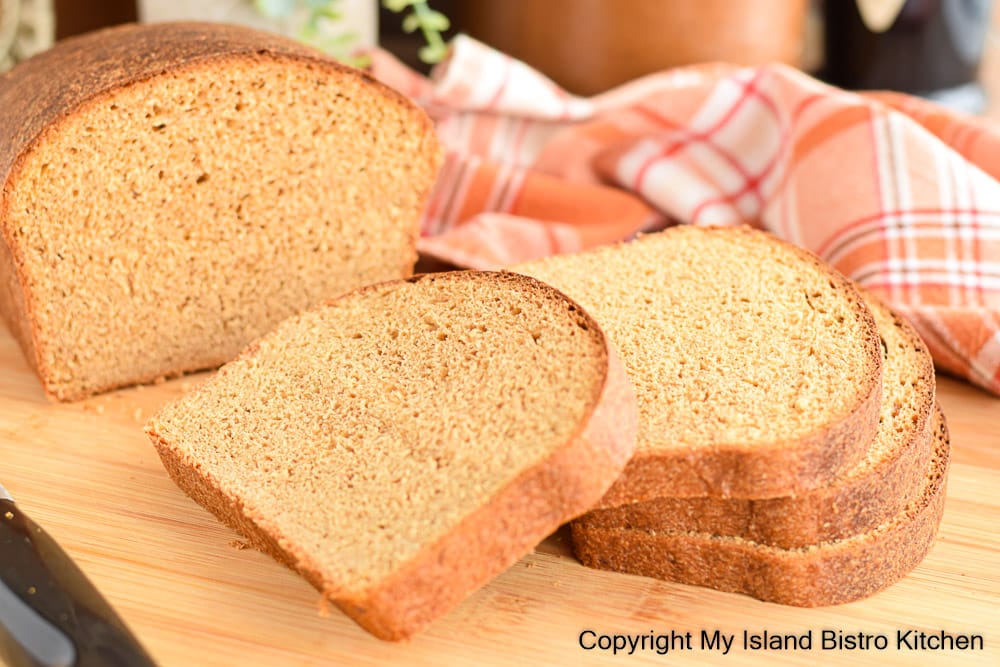
This wholesome and hearty Whole Wheat Bread has a lovely tender crumb. A versatile bread, it makes great sandwiches and toast and is a lovely accompaniment to many meals. Continue reading Whole Wheat Bread Recipe

This wholesome and hearty Whole Wheat Bread has a lovely tender crumb. A versatile bread, it makes great sandwiches and toast and is a lovely accompaniment to many meals. Continue reading Whole Wheat Bread Recipe

Some may know this old-fashioned bread simply as “Porridge Bread” because of its rolled oat content. Rustic Oatmeal Bread is a hearty bread that has a soft, chewy texture. It’s ideal as a sandwich bread, makes fabulous toast, is great for French toast and, heck, it’s just fine slathered with butter or molasses! Continue reading Rustic Oatmeal Bread Recipe (aka Porridge Bread)

This old-fashioned homestyle Raisin Bread is made mostly in the traditional way of kneading by hand….with a little help at the front end from a stand mixer. Continue reading Old-fashioned Raisin Bread Recipe
I love making bread from scratch. I like working and kneading the dough, the smell of the dough as it rises, and especially as it bakes. No commercial potpourri could ever duplicate the wonderful scent of homemade bread baking in the oven! It just permeates the whole house and whets the appetite. We do have an electric bread machine in the family but it’s not the same. I find bread made in the machine is not too bad on the day it is made but, after that, I don’t care for it so much, finding it to be somewhat tough. My preference is to make bread the old-fashioned, traditional way. Today, I am sharing my recipe and technique for making homemade white bread. Continue reading Homemade White Bread